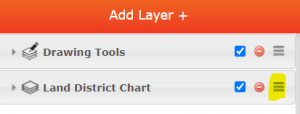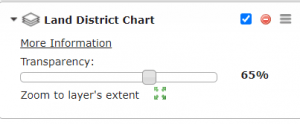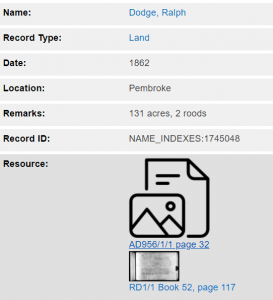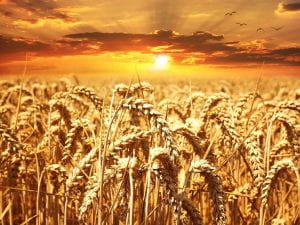I wrote a previous post about the early land grants in the municipality. But if you want to find exactly where the grants of land were a good spot to start with is the website called The LIST. The website is part of the Department of Natural Resources and Environment Tasmania.
LIST stands for Land Information System Tasmania.
Please note I am using Chrome browser – PDF linked below mentions other browsers.
Step by step instructions when using LISTmap. PDF from their help area also useful.
- Clicking on LISTmap will take you to a map of Tasmania.
- On the far left are bars for zooming in or out but you can also use scroll bar on mouse or double click on mouse to do the same thing.
- Still on top left, the tools bar allows you to make marks on your map if you are then going to share and or print. These are explained on page 17+of the help PDF.
- Top right corner of the map shows basemap and layers. It is here where you look for your land grant.
- I generally leave the base map as it is when loaded as it shows present day roads and places which will help if you eventually want to visit the land grant.
- Click on Layers then Add layer in top right corner of map
- You now have a list of layers to manage. To find Tasmanian land grants, scroll down to Imagery and Maps
- One of the minor categories there is Historic Maps and Charts. Click on that.
- You now have 4 layers to choose from. Click the green + sign next to the first choice – Land District Chart
- Close the Manage Layers by clicking on the X
- You can now see Land District Charts are over the top of your original basemap.
But how do you now find your particular land grant?

By clicking the three lines highlighted above, you now have a transparency bar to use. This will make either your basemap most transparent or your land chart most transparent. Just move the little bar along the line. At about 65% you should be able to see a lot of the basemap as well as very blurry land charts.

It is now time to zoom in to the place you are looking for eg Sorell, Carlton, Dodges Ferry etc.
How do you know exactly where to look?
Use the land grant post to find a name of an early settler you would like to search for.
You can also use the Libraries Tasmania website, family history portal then Tasmanian Names Index. Put in name of settler, then filter on the left for land records. Then click on the cover image and you will have something like below.
The first resource beginning AD is a list of names being given land grants each year.
The second resource RD is the actual paper work for that specific piece of land. It often mentions a lot number as well as the owners or leasees of adjoining pieces of land. This will help you find the exact spot for your settlers land.
Readers: How did you go finding a land grant given to one of your ancestors?

